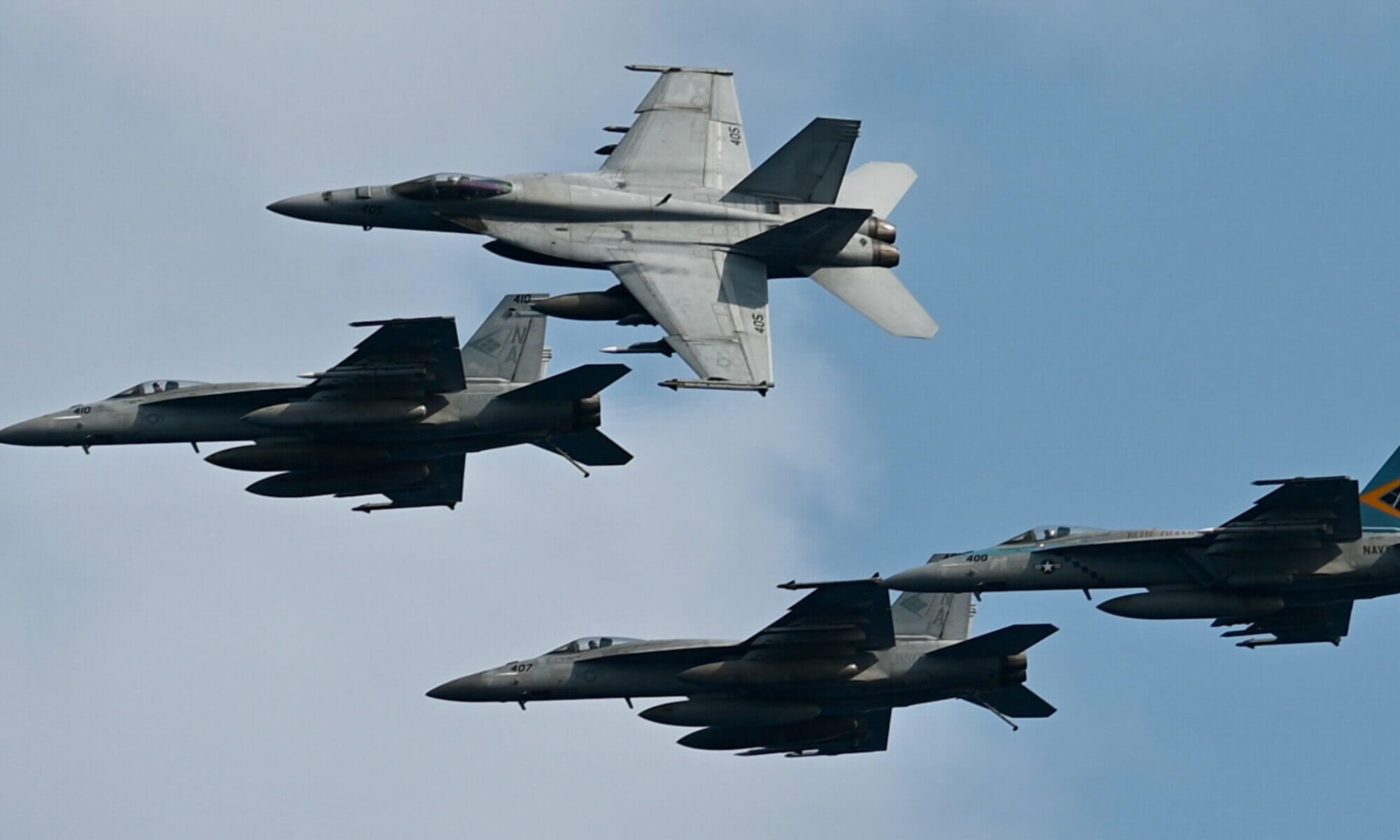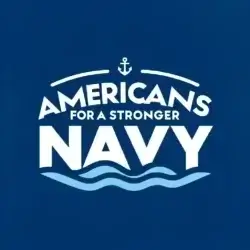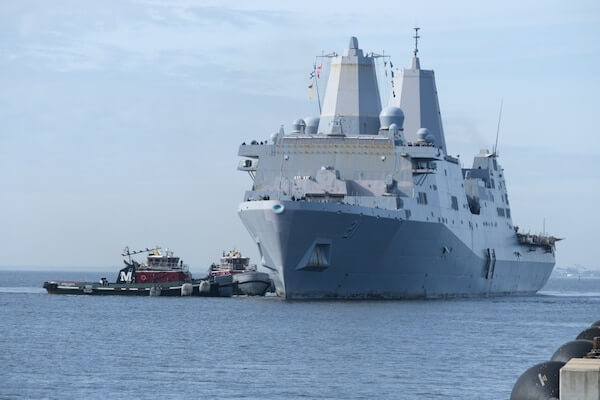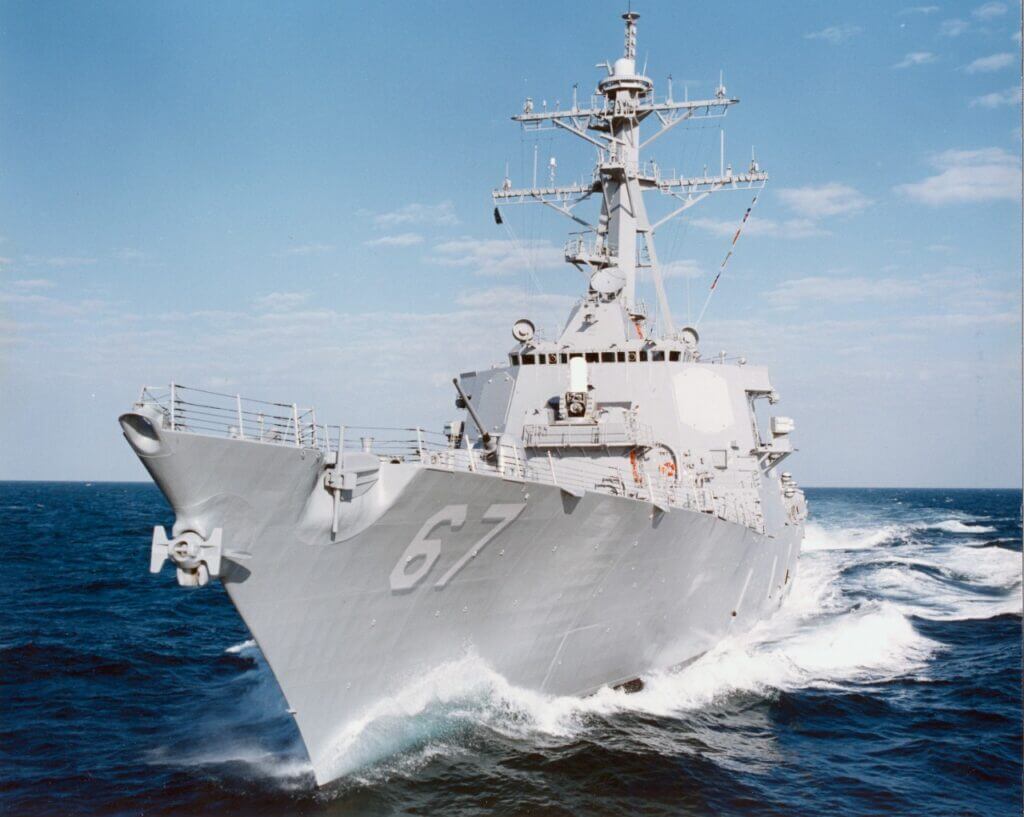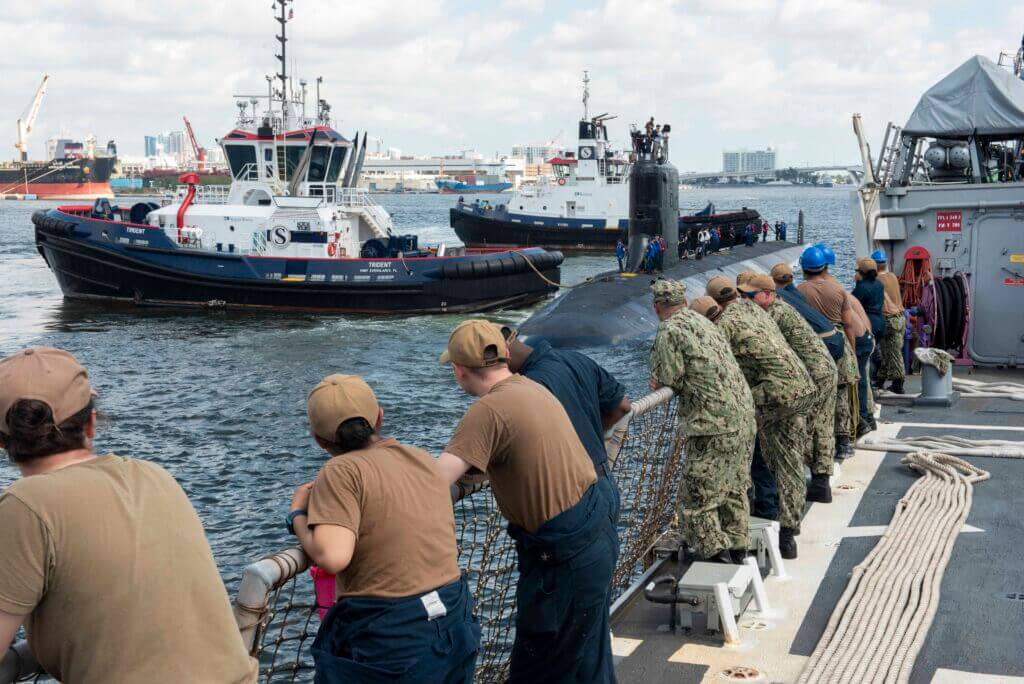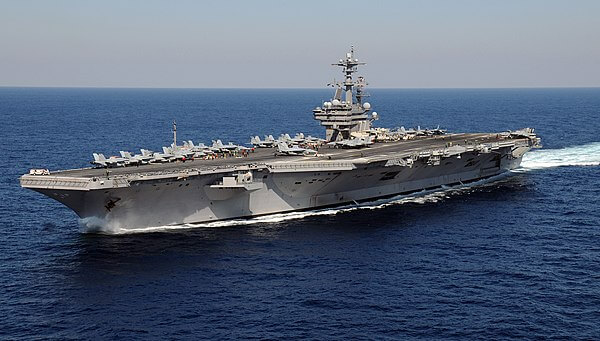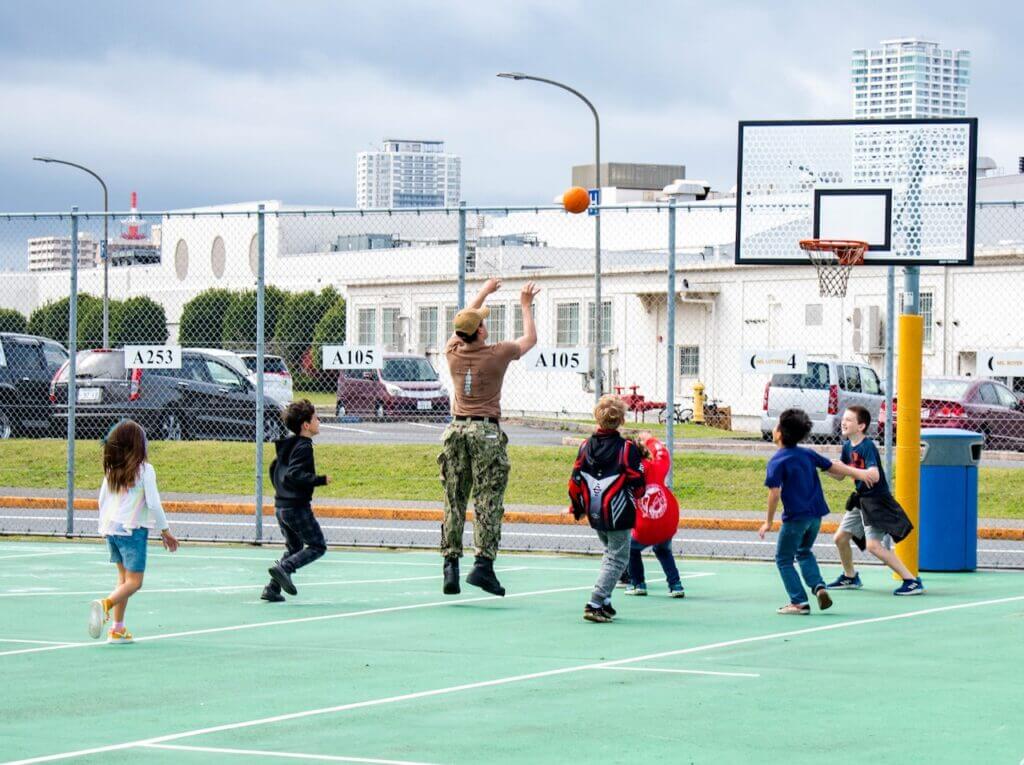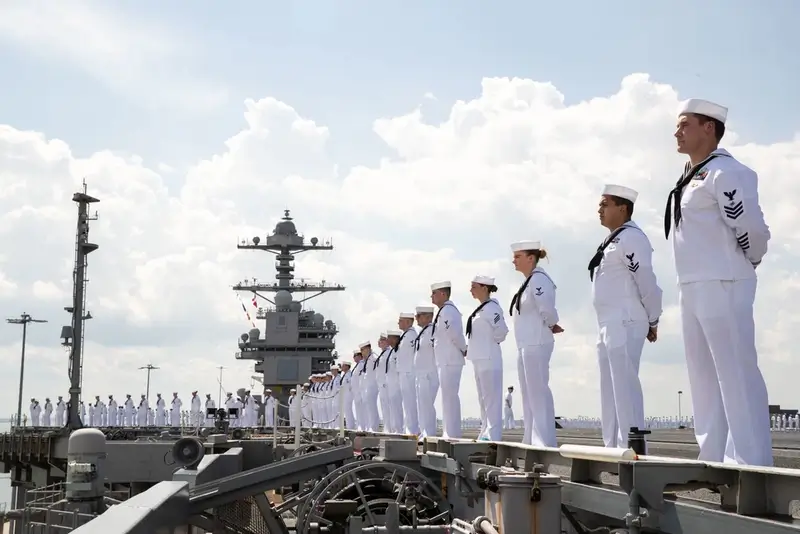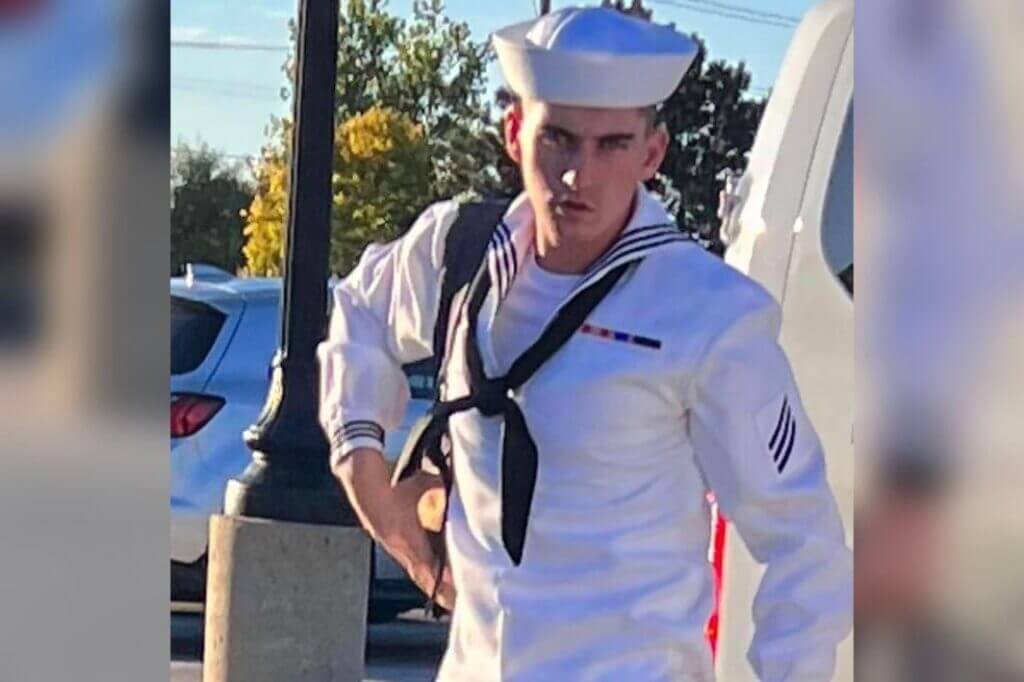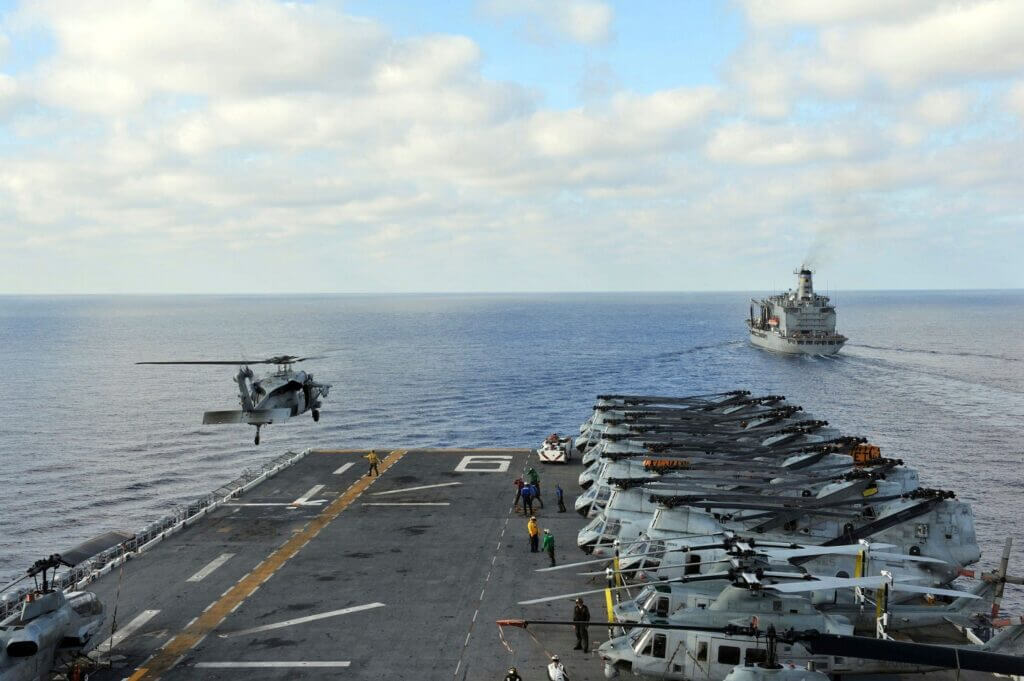
The US Department of Defense has released its annual Freedom of Navigation Operations (FONOPs) for the fiscal year 2022, protesting against 22 excessive maritime claims worldwide. FONOPs are protests made by the DoD against “unlawful maritime claims” that challenge the legal foundation of the rules-based order. The FONOP made against Malaysia in the South China Sea seeks to prevent the country from prohibiting military exercises or manoeuvres in its economic exclusive zone without consent. While this is an affront to Malaysia’s self-determination, it is seen as a potential military exercise to be conducted in the SCS in the near future. Similarly, Taiwan is included as a claimant in the SCS, and challenging its prerequisite for prior notification for foreign military or government vessels to enter its territorial sea will give the US more manoeuvrability to contain the PRC and potentially control wider activity in the region such as commerce.
US protests against excessive maritime claims
The US Department of Defense has released its annual Freedom of Navigation Operations (FONOPs) protesting against 22 excessive maritime claims for 2022, revealing its security strategy amidst geopolitical tensions in the Indo-Pacific region.
Geopolitical tensions in the Indo-Pacific
Countries around the world are jostling to maintain their interests at sea more than ever before, largely due to the geopolitical tensions across the Indo-Pacific. Within this boiling pot of competing interests in the region, the US Department of Defense (DoD) has released its annual FONOPs in its report for the fiscal year 2022.
FONOPs challenge unlawful maritime claims
FONOPs are protests made by the DoD against “unlawful maritime claims” that challenge the legal foundation of the rules-based order.
FONOPs against Malaysia
The FONOP made against Malaysia in the South China Sea seeks to prevent the country from prohibiting military exercises or manoeuvres in its economic exclusive zone without consent. Politically, this is an affront to the country’s self-determination, and it is also hypocritical given the DoD’s claim that its FONOPs aim to “uphold the freedom of navigation as a principle”.
Potential military exercise in the SCS
However, in the broader context of their conflict with the PRC, which we see from the FONOPs made against them, is encroaching upon its neighbouring territories, from India to Taiwan. As tensions rise in the SCS, this FONOP signals a potential military exercise to be conducted in the SCS in the near future. This tactic would follow the large-scale military exercises the US have conducted this year on the Korean peninsula and in the Middle East that were designed to deter their adversaries.
Challenging Taiwan’s prerequisite for prior notification
Similarly, Taiwan is included as a claimant in the SCS as well, as the island country requires prior notification for foreign military or government vessels to enter its territorial sea. Challenging this prerequisite will give the US far more manoeuvrability as the DoD seek to contain the PRC, and potentially control the wider activity in the region such as commerce.
Conclusion
The US Department of Defense’s annual Freedom of Navigation Operations protests against excessive maritime claims and reveals its security strategy amidst geopolitical tensions in the Indo-Pacific region. With tensions rising in the South China Sea, the FONOP made against Malaysia and Taiwan seeks to prevent restrictions on military exercises and manoeuvres, giving the US more manoeuvrability to contain the PRC and potentially control wider activity in the region
Key takeaways
- The US Department of Defense’s annual Freedom of Navigation Operations protests against excessive maritime claims and reveals its security strategy amidst geopolitical tensions in the Indo-Pacific region.
FONOPs challenge unlawful maritime claims that challenge the legal foundation of the rules-based order. - The FONOP made against Malaysia seeks to prevent restrictions on military exercises and manoeuvres, giving the US more manoeuvrability to contain the PRC and potentially control wider activity in the region such as commerce.
- Challenging Taiwan’s prerequisite for prior notification will give the US more manoeuvrability to contain the PRC and potentially control wider activity in the region such as commerce.
